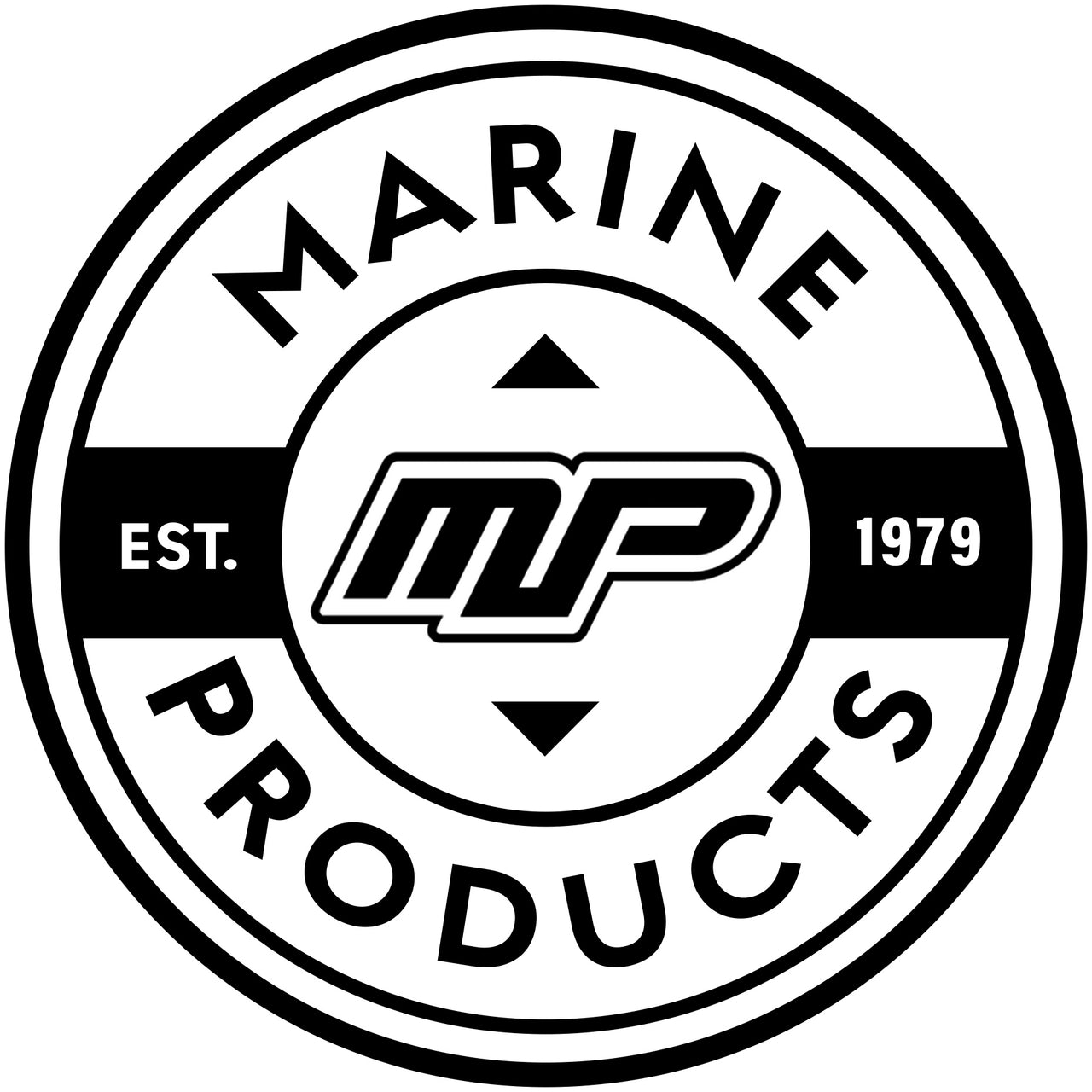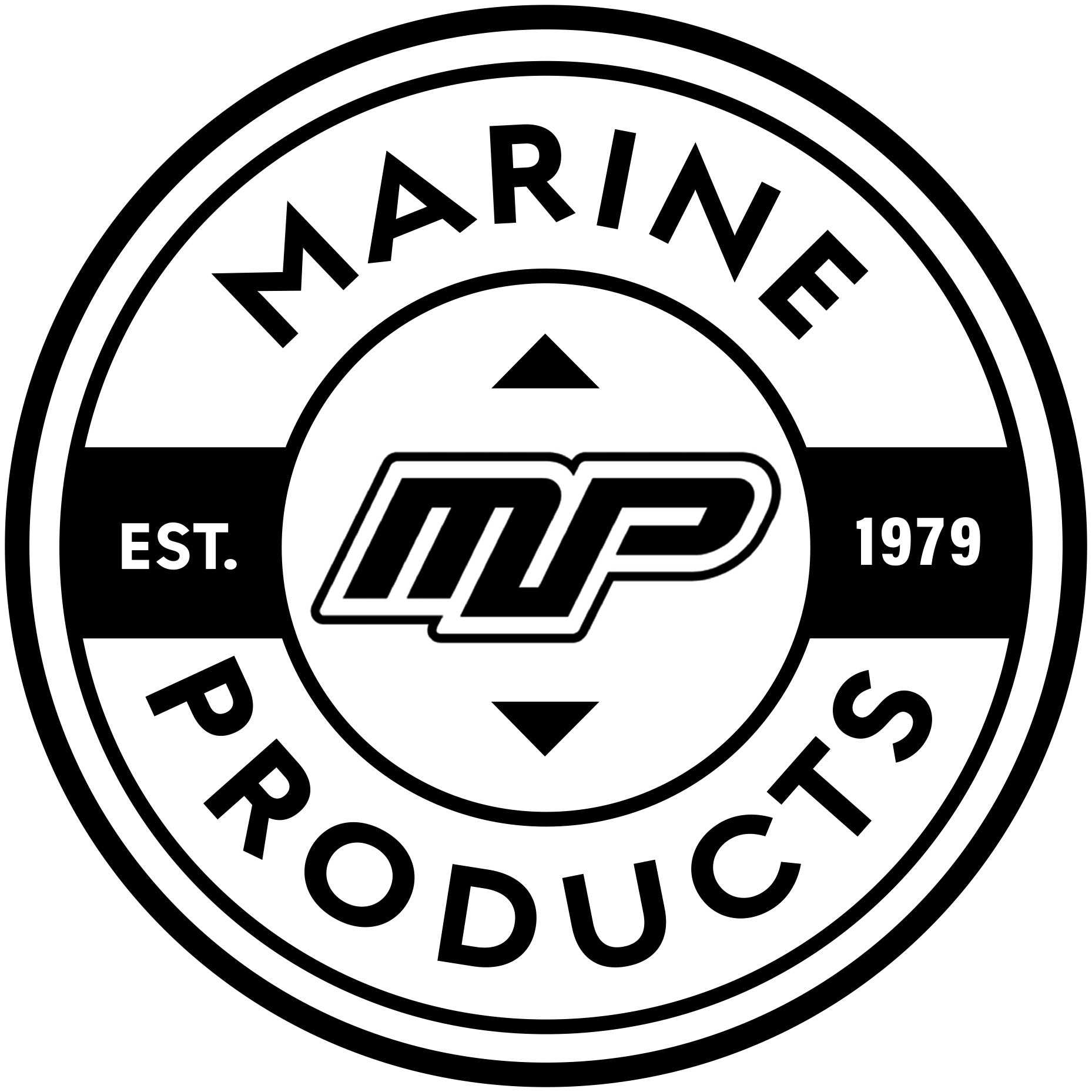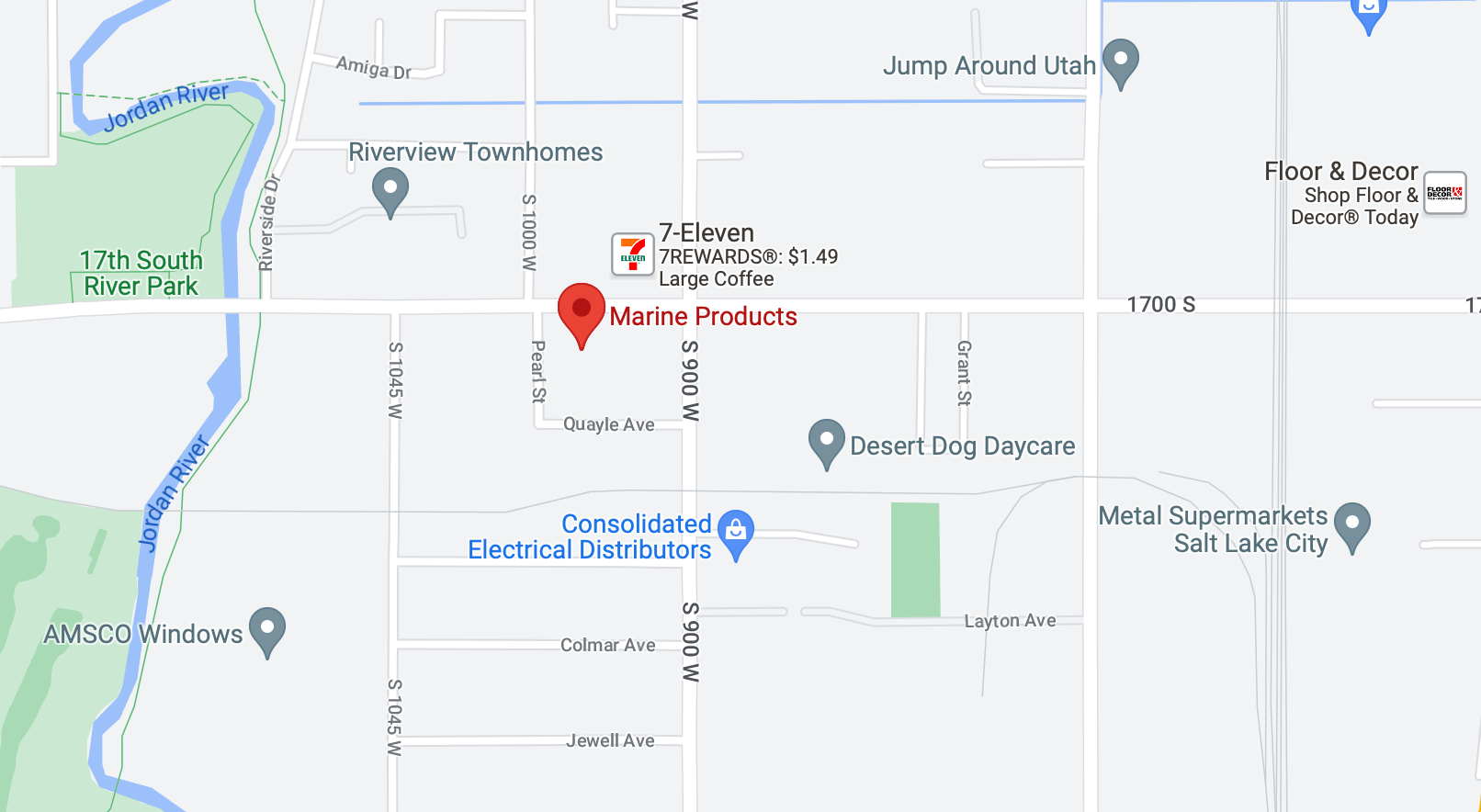Life Vest Sizing & Byers Guide
Life Vest Buyers and Sizing Guide
Life vests are required by most states when you are out on the water. The United States Coast Guard approves the kinds of life vests you’ll be wearing, whether you’re on a boat, water skiing, or on a towable tube. As you’re looking for life vests for yourself and your family, look for the “USCGA” designation. This is shorthand for “U.S. Coast Guard Approved.” Each life vest you look at should be classified a Type 1, Type II, Type III, or Type IV.
Life Vest Types
Type I
This is a full life vest that you’ll wear offshore, probably in remote areas. It fully covers your torso and comes around your neck, leaving your arms free. The buckles and straps allow you to custom fit it to your body.
Type II
These life vests are made with a hole for your children’s heads and necks. These are used closer to shore and are the most likely to be used when someone has fallen into the water, needing to be rescued. Again, straps and buckles allow custom fitting.
Type III
This type of life vest is most commonly used for water sports, such as riding on a towable tube. It’s a flotation device, enabling you to float facedown in the water. Because of the wide arm openings, it’s much more comfortable for you to wear. You’re able to tighten or loosen the straps so it fits you better.
Type IV
This is a life ring, which has a large hole in the center, allowing someone to slide his head, arms, and shoulders through so he can float more easily.
Construction
You have two choices here. The first is a nylon vest. These dry more quickly and cost less to buy. The second option is a neoprene vest, which molds to the contours of your torso. These fit more comfortably and they do cost more money.
Sizing Guide
Life vest manufacturers tailor their own sizes, so this is for general guidance only.
Infants and Children – By weight, from 0 to about 60 lbs.
Youth – From 60 to 90 lbs.
Adult life vest measurements refer to the chest measurements:
Extra Small – 28- to 32-inch chest
Small – 23- to 36-inch chest
Medium – 36- to 40-inch chest
Large – 40- to 44-inch chest
Extra-large – 44- to 48-inch chest
2X-Large – 48- to 52-inch chest
3X-Large – 52- to 56-inch chest
As you are shopping for your life vest, consult with a sales representative and try them on before you buy.
Features of Life Vests
The features of each type of life vest affect the fit. You’ll need to buy your vest according to your water sport plans.
Life vests come with mesh drain panels, which allow the wet vest to drain the water that has accumulated inside. Once the water has drained out, it will dry faster.
Life vests, whether made of nylon or neoprene, have blocks of foam inserted. The segmented foam inside your vest allows you to bend and turn more naturally. As you move around, you have greater range of motion, even after you’ve put your vest on and tightened it around your torso.
Some vests have only one segmented point around the middle while other life vests are segmented in several areas, making movement much easier. This raises the cost of manufacturing, and the maker passes the costs on to his customers. You may find that the ability to fit your vest to your body’s contours, along with the additional comfort, is worth paying more. Because you and your children are required by your state to keep your vests on, they might as well be easy to fit and wear.
Zippers and buckles - These enable you to tighten or loosen your life vest around your torso, customizing its fit. The more buckles and zippers on your vest, the better able you are to customize that fit.
Choosing Your Life Vest
Pick your vest with your planned water sport activity in mind. If you plan to waterski or ride a towable tube, a neoprene vest that follows the contours of your body is a better choice. Remember, not all life vests are made equal.
If you’re going to be competing in a water sport, you’re going to need a different type of life vest. Competition-level vests are highly flexible, weigh less, and will allow you to float. They are not U.S. Coast Guard-approved, and you won’t be able to keep your face or head out of the water if you fall.
Life vests are also known as personal flotation devices or PFDs. When you or your children fall into the water, they do help you float until the boat can come around to pull you back out.
Coast Guard Recommendations
Life vest requirements vary from state to state, so it’s a good idea to learn the laws of your state. The Coat Guard has recommended that water skiers and those riding towable devices wear a life vest that has been marked for these purposes. If you’re going to be operating personal watercraft, wear a water skiing life vest or a personal watercraft (PWC) vest.
If you’re planning to participate in white-water activities, wear a life vest. If you plan to sailboard, wear a life vest. For the purposes of federal law, a sailboard is not a boat.
If you will be in a rowing skull, racing shell, racing canoe, or racing kayak, check with your state, as laws from one state to another differ.
If you plan to bring your children to any water sport activities or to spend the day on a boat, they must have a child-sized vest. Giving them an adult-sized vest doesn’t protect them from slipping under the water, because the vests must fit snugly around their torsos. An excellent guideline to follow: If your children’s chins or ears slip through the vests, the children are too small for the vests. Every state has laws or regulations that cover life vest usage by children.
Still got questions? We have the answers. Contact a Marine Products sales team member for all of your binding questions today by dialing, (801) 973-4017 now.
*To suggest changes or improvements to this Buyers Guide please email: guides@marine-products.com
View All Buyer Guides & Sizing Info.



